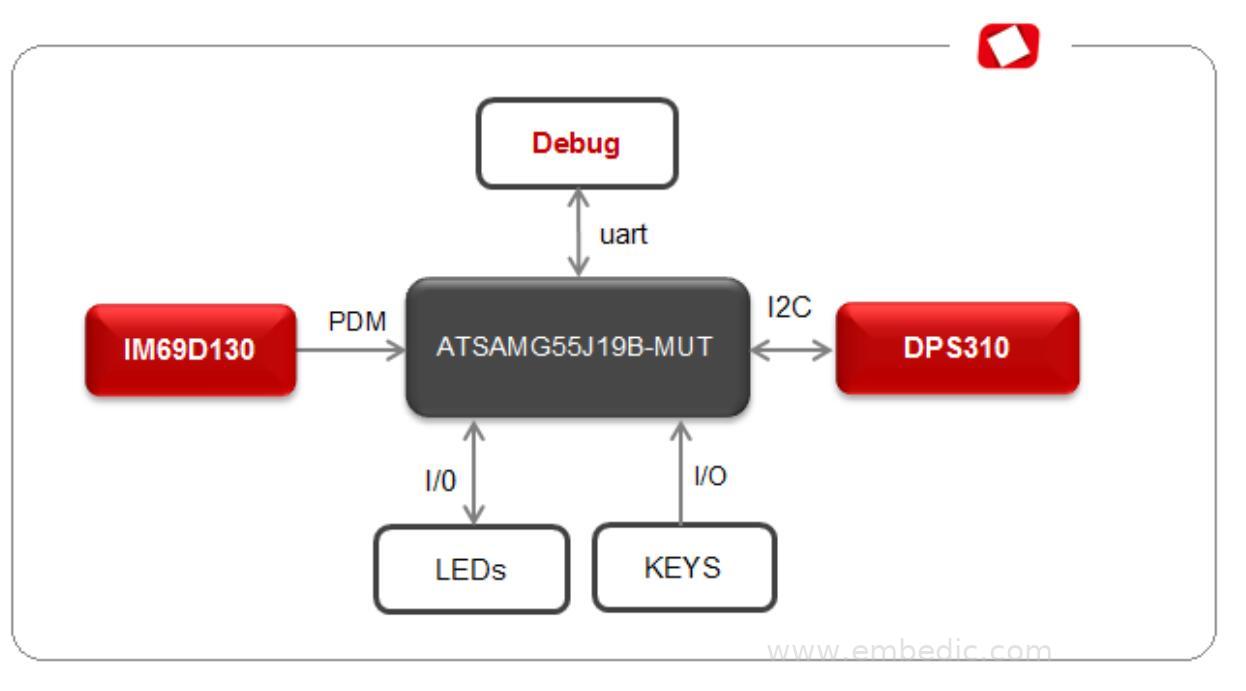The glass breakage detection program is mainly used to detect the damage of the doors and windows of homes or commercial buildings.
The glass breakage detection program has been developed for some years, and it is mainly used to detect the damage of the doors and windows of homes or commercial buildings. This type of program can also be classified as a monitoring device to improve the safety of the home or business environment and avoid illegal entry.
At present, there are mainly two types of glass break detection schemes on the market. One is to detect the high frequency sound of glass breaking when detecting the low frequency sound emitted when the glass is knocked; the other is to detect the high frequency sound emitted when the glass is broken. Vibration produced when the glass is struck.
Because there are various sounds in the home or business environment, the probability of high and low frequencies appearing at the same time is not low. The first solution will cause false alarms; the second solution must have sensors attached to the glass.
Based on this demand, Beineng International has developed a third glass break detection solution that detects the low-frequency sound when the glass is struck, the high-frequency sound when the glass is broken, and the pressure change caused by the broken glass. Defects of existing solutions on the market.
The main control chip of the new glass break detection program is based on Microchip’s ATSAMG55J19B-MUT. The MCU is an ARM Cortex-M4 core with 176 Kbytes SRAM and 120 MHz frequency. It has Memory Protection Unit (MPU) and DSP instructions.
Floating point unit (FPU) and PDM interface suitable for sound collection and air pressure data processing; air pressure sensor adopts Infineon’s DPS310 chip, SPI or IIC interface, basically does not need peripheral circuits; sound acquisition chip adopts Infineon’s digital silicon microphone IM69D130, The PDM interface eliminates the need for complex analog filtering or signal amplification circuits, thereby achieving lower false alarm rates, higher cost performance and lower installation requirements.
Program features:
Adopt new digital high and low frequency sound detection and barometric pressure change detection technology
69 dB(A) signal-to-noise ratio
Less than 1% distortion, 128 dBSPL (AOP-130dBSPL)
Digital (PDM) interface with 6μs group delay at 1 kHz
Tight sensitivity (-36±1 dB) and phase (±2 degrees) tolerance
28 Hz low frequency roll-off
Pressure: 300-1200hPa, temperature: -40-85°C
Pressure sensor accuracy: ±0.005 hPa (or ±0.05 m) (high precision mode)
I2C and SPI (both with optional interrupts)
Low-frequency sound detection, low-frequency sound detection and other status indicators
There are status indications such as air pressure change detection, glass broken, etc.
Can set sensitivity

IC MCU 32BIT 64KB FLASH 100LQFP
IC MCU 8BIT 16KB FLASH 44QFN
IC MCU 8BIT 8KB FLASH 80TQFP
1
2
3
4
5
6